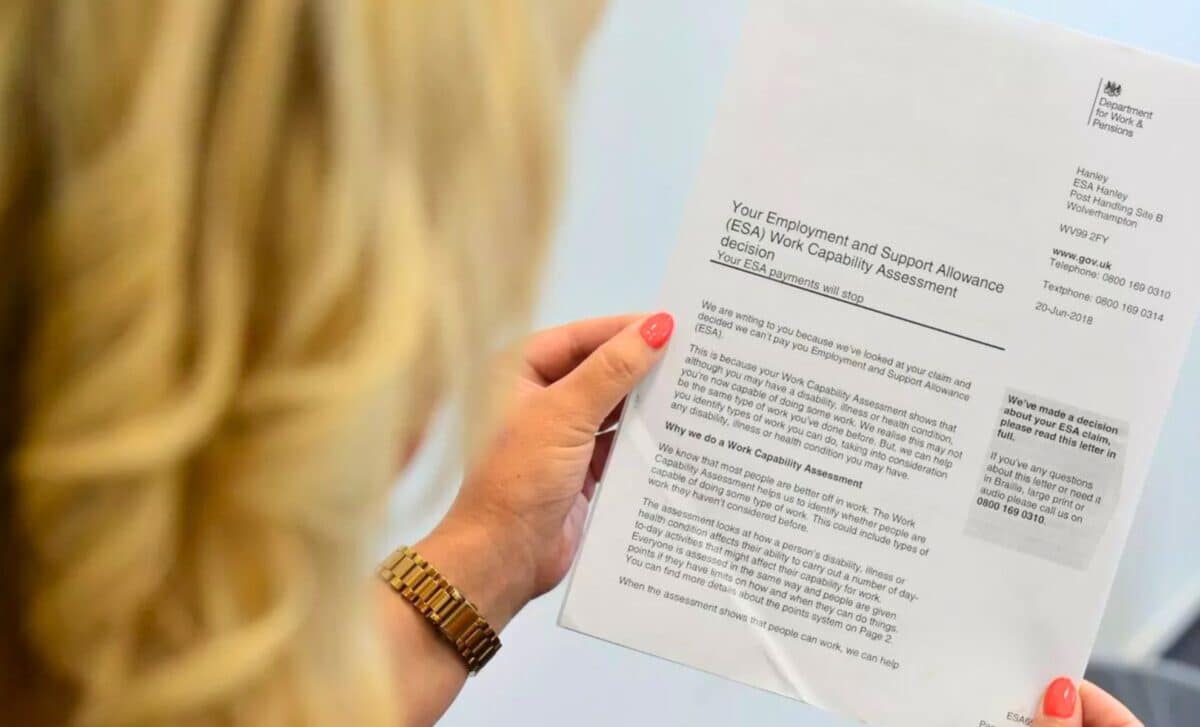From April 2025, Employment and Support Allowance (ESA) recipients will see a 1.7% increase across all elements of the benefit, in line with September’s inflation rate. This increase applies to those with health conditions or disabilities, with different adjustments based on individual circumstances. However, this may be the final increase for ESA recipients, as by 2026, all claimants will be moved to Universal Credit.
The Final Adjustment Before ESA is Phased Out
ESA, which provides financial support to those unable to work due to illness or disability, will see this 1.7% rise in its rates starting in April 2025. This decision, made by the Department for Work and Pensions (DWP), aims to align payments with inflation, but it also comes at a time when larger structural changes are underway.
Income-related ESA is set to be phased out, with claimants transitioning to Universal Credit by the end of March 2026. ESA recipients will need to prepare for this change, which will involve adjustments in payment structures and how the benefit interacts with other forms of support, such as tax credits and housing benefits.
ESA Rates for 2025-2026
Below are the main changes to ESA rates for the 2025/2026 financial year, which will be paid weekly. These amounts are vital for individuals in vulnerable financial and health situations.
Personal Allowances
- Single claimant:
- Under 25: £72.90 (increase of £1.20)
- 25 or over: £92.05 (increase of £1.55)
- Couples:
- Both under 18: £72.90 (increase of £1.20)
- One under 18, one 18 or over: £144.65 (increase of £2.40)
- Both 18 or over: £144.65 (increase of £2.40)
Premiums
Premiums are paid to claimants who have additional needs, such as disability, caring responsibilities, or being a pensioner. These will also see an increase:
- Enhanced disability premium:
- Single: £21.20 (increase of £0.35)
- Couple: £30.25 (increase of £0.50)
- Severe disability premium:
- Single: £82.90 (increase of £1.40)
- Couple (lower rate): £82.90 (increase of £1.40)
- Couple (higher rate): £165.80 (increase of £2.80)
- Carer premium: £46.40 (increase of £0.80)
Work-related Activity Group and Support Group Components
The Work-related Activity Group and Support Group also see their rates adjusted:
- Work-related activity group: £36.55 (increase of £0.60)
- Support group: £48.50 (increase of £0.80)
Transition to Universal Credit: A Major Shift for ESA Recipients
While the increase in ESA rates is welcome news for many, it is important to remember that from 2026, Universal Credit will completely replace the existing system of benefits. The migration process, which began in 2023 with the sending of migration letters, will require ESA claimants to adapt to a new payment structure, while also facing changes in the overall amount they receive.
Those currently on income-related ESA will be moved to Universal Credit. This change could leave some recipients worse off financially, as the ESA payments will be fully deducted from their Universal Credit entitlement. The goal is to move all households from legacy benefits to Universal Credit by March 2026, with migration letters being sent at a rate of 63,000 per month starting February 2025.
Challenges of the ESA to Universal Credit Transition
The government has acknowledged the complexities of this transition and has allocated an additional £15 million to assist claimants during the process. The Citizens Advice Help to Claim service will receive this funding to ensure individuals get the support they need.









